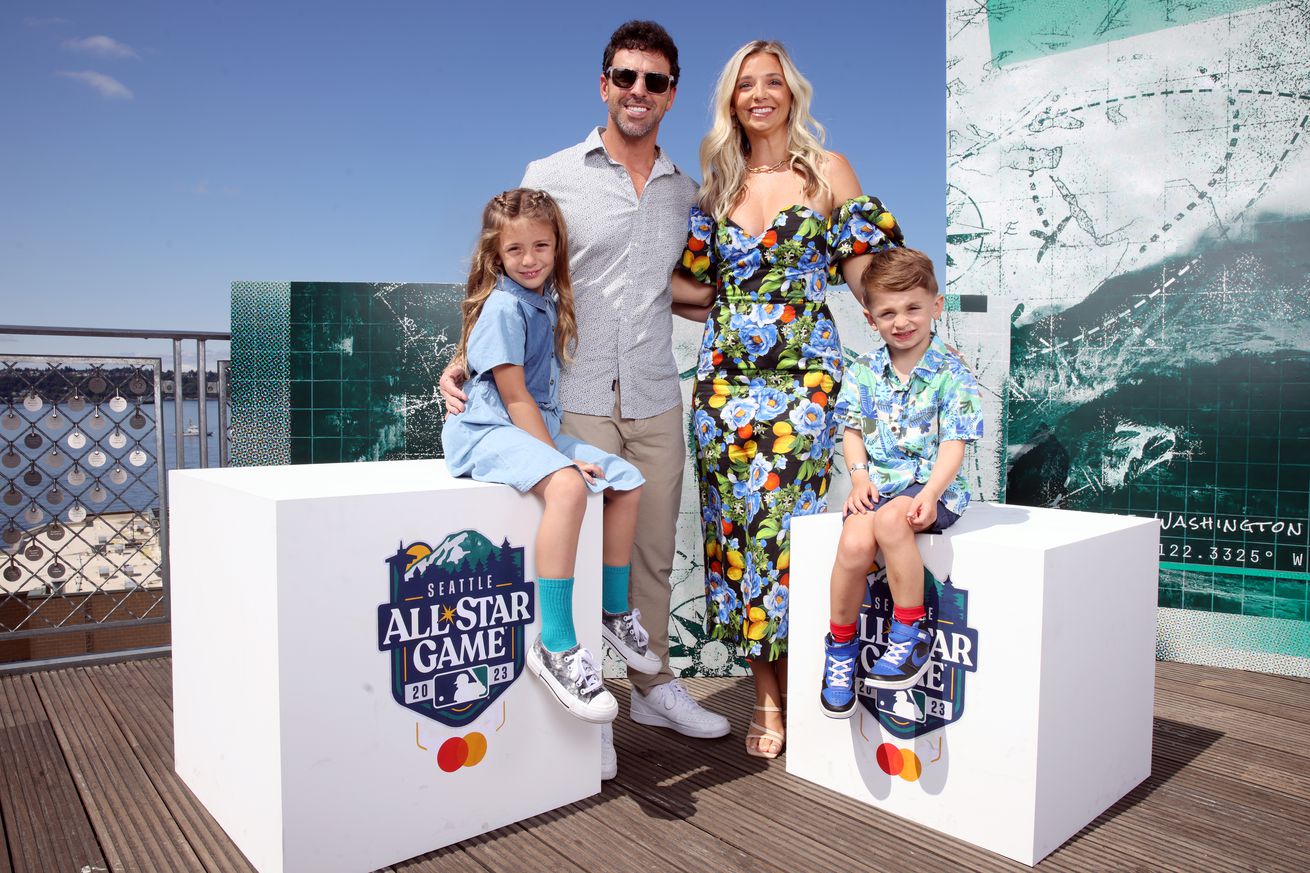
Avoid injury, be durable & consistent, and let the other team make mistakes.
A Pickleball Tale of Two Coaches and a Tournament
I prepared for a huge pickleball tournament with 600 entrants by taking lessons from three coaches. Let’s briefly talk about two of my coaches.
One coach taught drills to improve consistency of each type of shot. Long before the tournament he taught a couple skills. If a skill used (and strengthened) the trapezius muscles, then he taught serratus anterior exercises to balance the muscles and prevent injury. Near the tournament he taught that you have the skills you need, relax and let your opponents make mistakes (hit the ball into the net or beyond the backline).
A different coach was all-knowing and he tinkered with my grip, my swing,… Maybe the tinkering improved a specific shot, but at the cost of worsening overall consistency. I had no confidence in my knowledge or skills. After one session, I was upset because I was definitely worse with the suggested changes. I recovered by spending the next morning undoing the suggested changes and practicing.
At the tournament, I learned a lot by watching some great pickleball players. Also, I learned a lot by participating in a clinic.
How well did my team play? We did not play to our ability. One reason was that we did not let our opponents make mistakes – too often we returned the ball when it would have gone out of bounds. Another reason was that an injury happened the day before the tournament. While practicing, when my paddle hit the ball, my partner’s paddle hit my hand. It didn’t really hurt too bad, but the swelling changed how it felt to grip the paddle.
A Baseball Tale of Two Pitching Coaches
Last Season. One pitching coach was the best in baseball. His knowledge and experience were extensive. He helped pitchers develop in-game skills and techniques. On the other hand, he said injuries must be expected.
How did that work out for his team? Injuries happened. Their pitching was at or near the worst in the Majors. They underperformed, especially starting pitching. Grouped in two-month intervals, starting pitching was worst in August/September. The following table shows a few stats for starting pitching:

2024 Season, D-backs Starting Pitchers. Data from FanGraphs.
My conclusions from the table follow:
- The starting pitchers underperformed their expected stats. Worst was August/September, when their 5.01 ERA contrasted with their 3.71 xFIP.
- The starting pitchers kept the ball-in-play away from the excellent Diamondbacks infielders. In August/September, their ground ball percentage (GB%) fell to 40.1% while their home runs per fly ball percentage (HR/FB%) rose 13.9%.
- The starting pitchers made too many mistake pitches (perhaps showing a lack of consistency). Every two months, the home runs per 9 innings (HR9) increased, the hard hit percentage (HH%) increased, and the number of barrels increased.
- Balls-in-Play were more powerful than strike-outs. In August/September overall performance was worse, when strikeouts per 9 innings (K9) grew to 9.57 and BABIP grew to .328.
This Season. This season will be a different pitching coach, Brian Kaplan. Perhaps he thinks pitchers have the skills they need but skills are not enough. Between games, pitchers must have routines that maintain their consistency and durability for the entire season. Pitchers must have body awareness. Pitchers must master many little things. Common sense is that one rule about each little thing is it must work or forget it.
The offseason is the time for improvement, with strength building and pitching adjustments if needed.
The season is the time to compete with mentalities of consistency and winning today’s game. Communications with each starter is different depending where they are in their cycle of pitching every 5/6 days. The manager, Torey Lovullo, said pitching coach messages will be delivered to pitchers the right way – knowing when and how to talk to each starting pitcher to help him get outs. That idea reminded me of a different idea – let the other team make mistakes.
Eduardo Rodriguez will improve.
This AZ Snake Pit article presented a table that shows that prior to the injury shortened 2024 season, Eduardo Rodriguez was nearly as consistent as Kelly and Gallen (a high bar). For that reason, my view is that Rodriguez will thrive with coaching that focuses on consistency.
Another reason that Eduardo Rodriquez will pitch better next season is that it will be his second season with the Diamondbacks. This AZ Snake Pit article shows that 9 of 16 pitchers (age 30 or older) with higher ERAs in their first season with a new team, improved their ERA to as-good-as or better-than their previous team.
Summary.
The Diamondbacks pitching will likely improve. Two reasons follow:
- With an emphasis on consistency and durability, their starting pitching performance will be much better in August/September.
- Some specific starters, such as Eduardo Rodriguez, will thrive with coaching that focuses on consistency.
